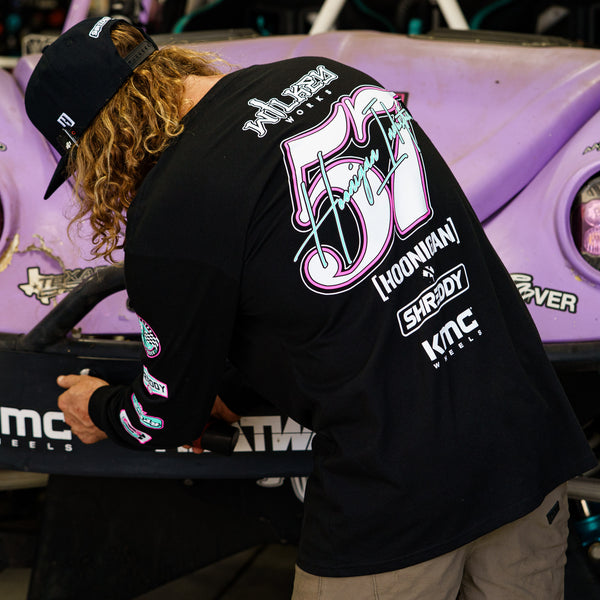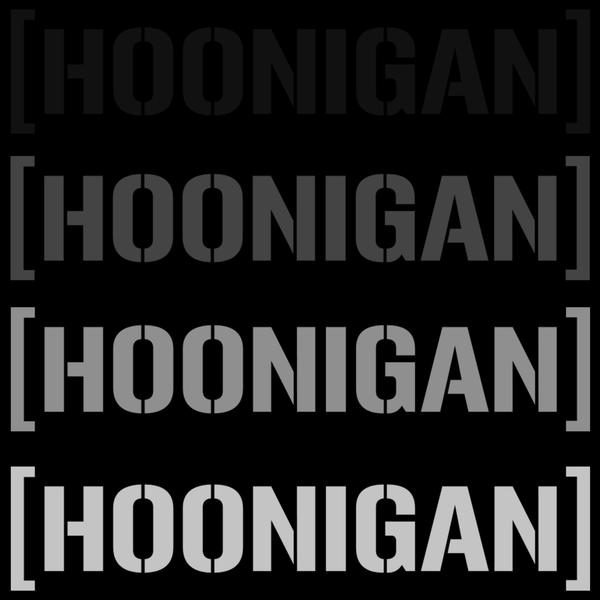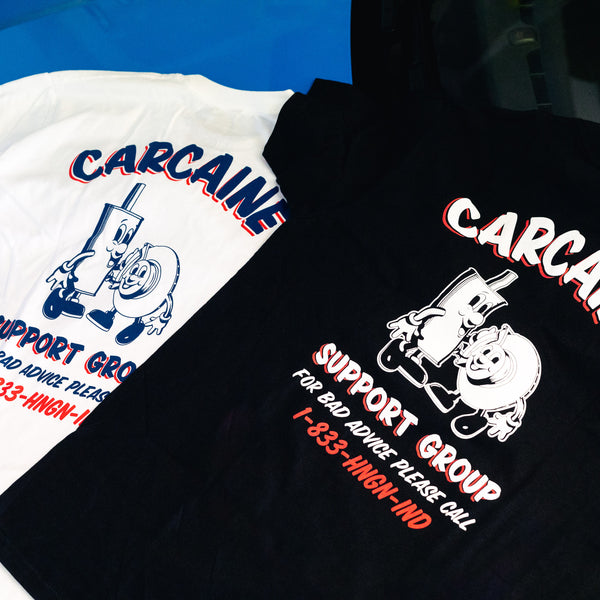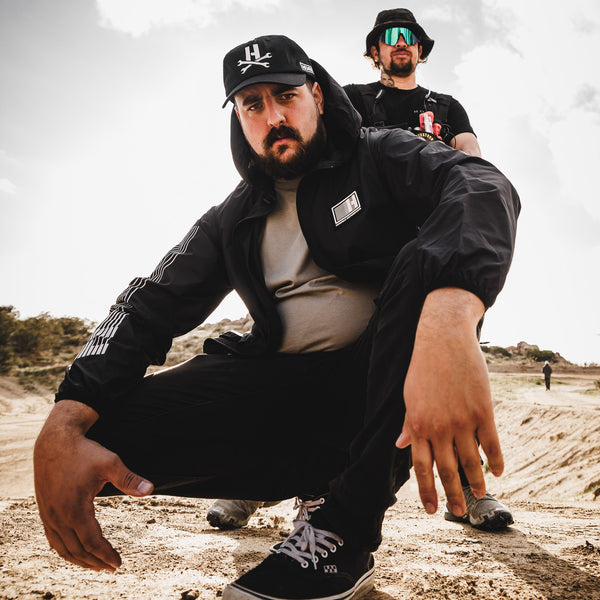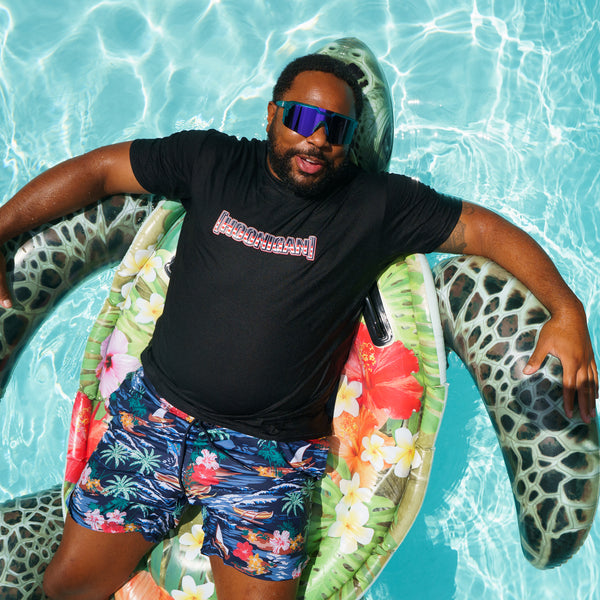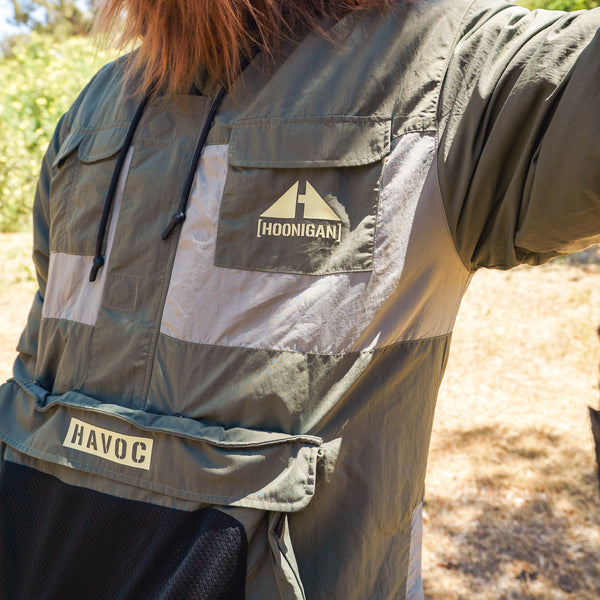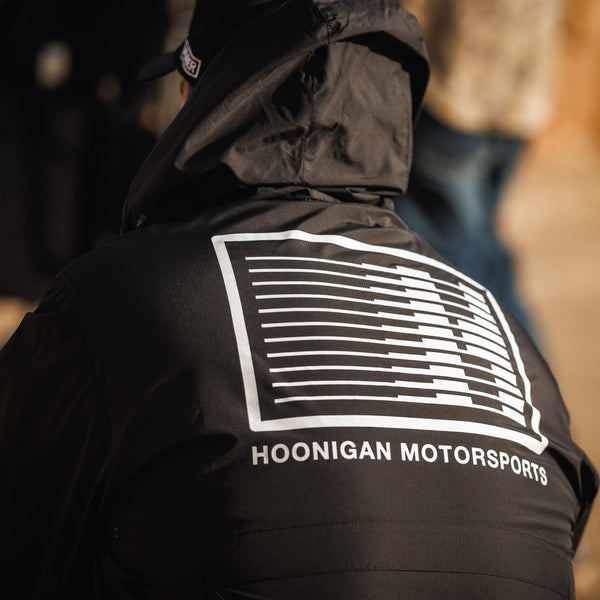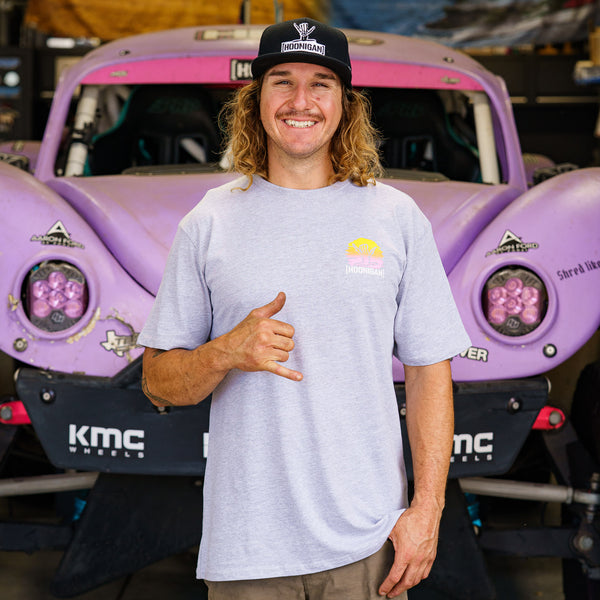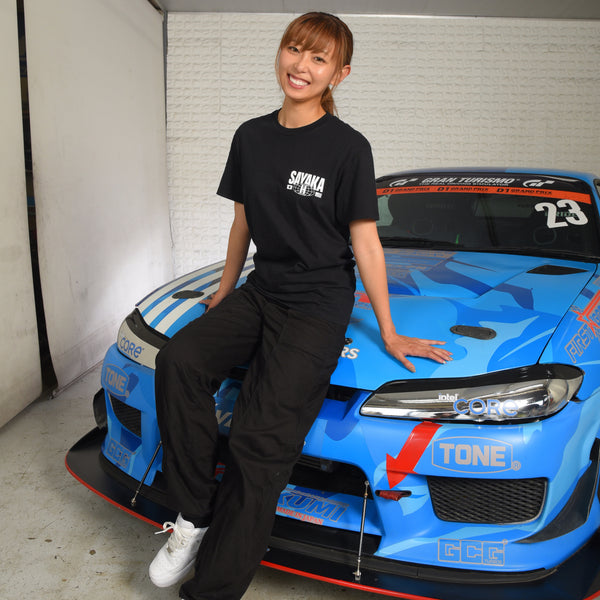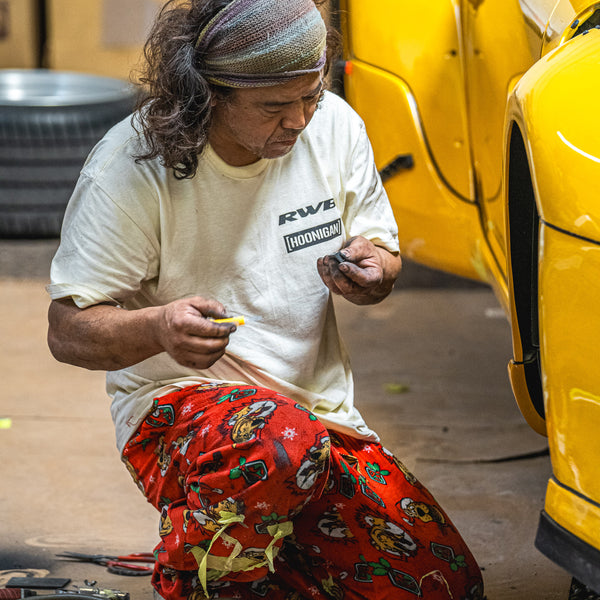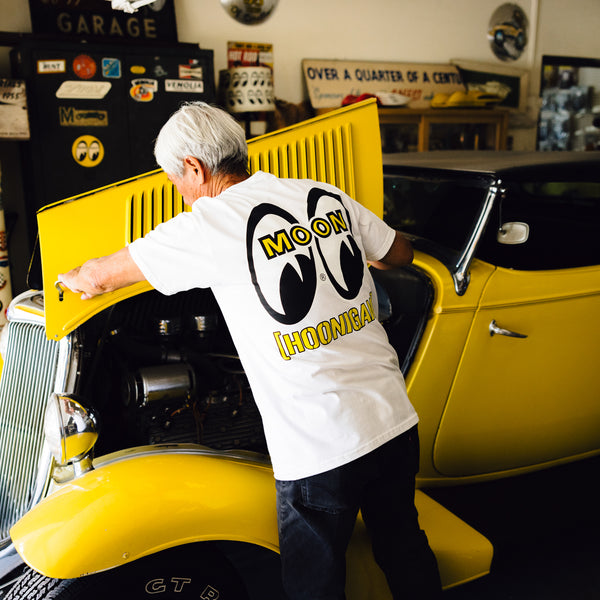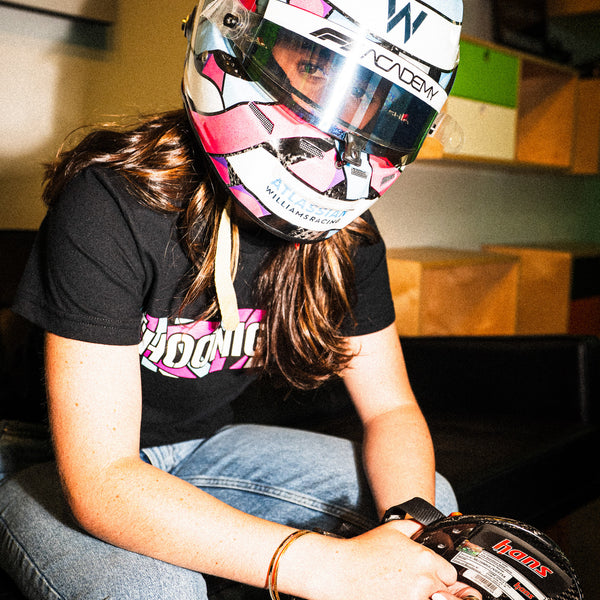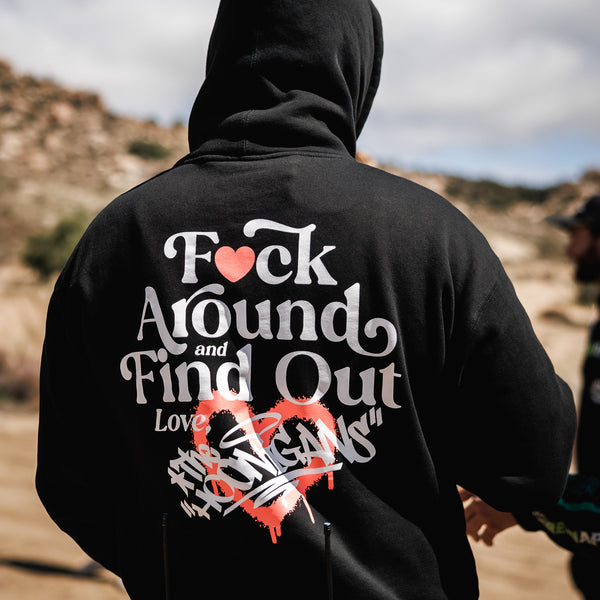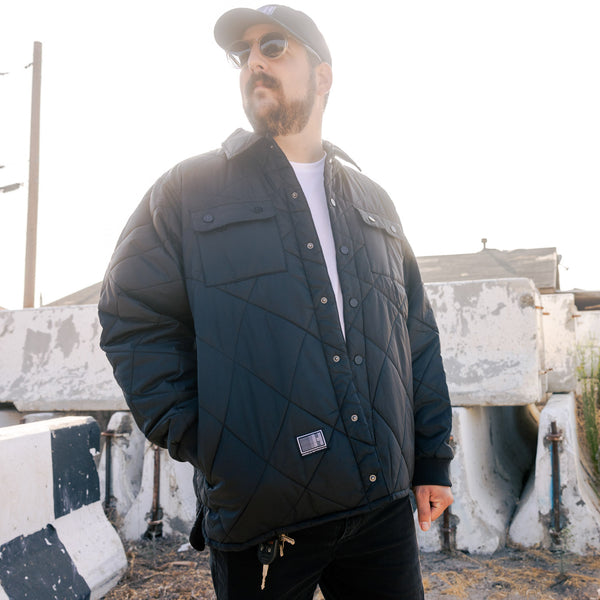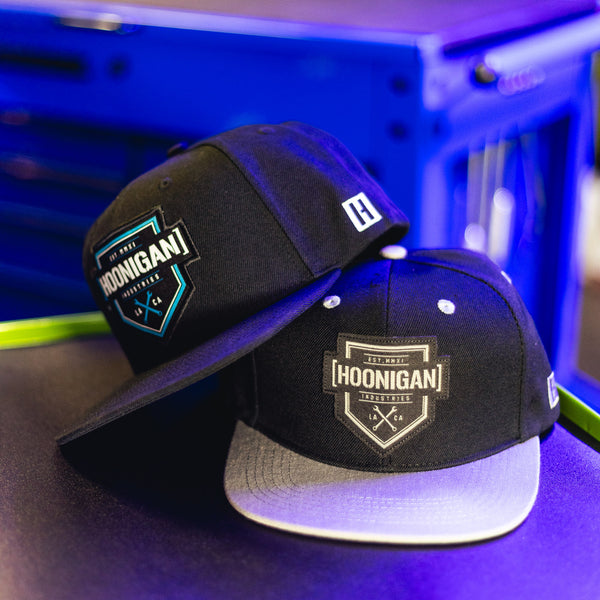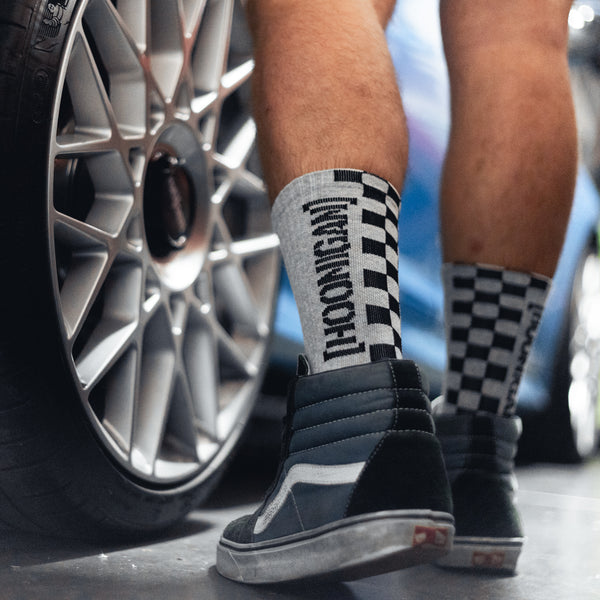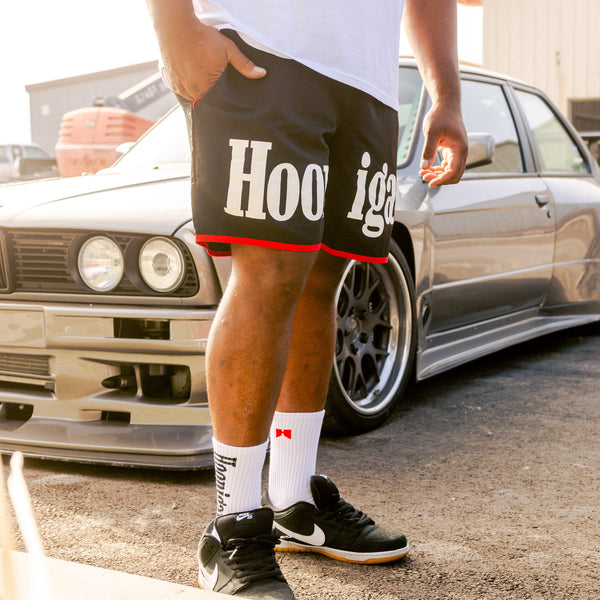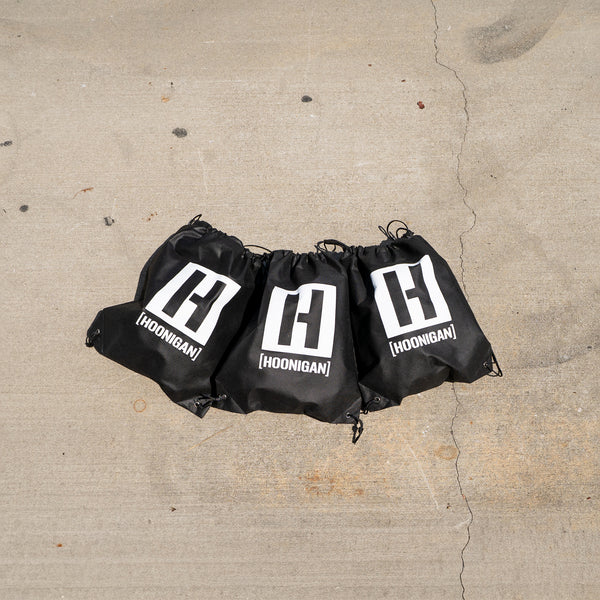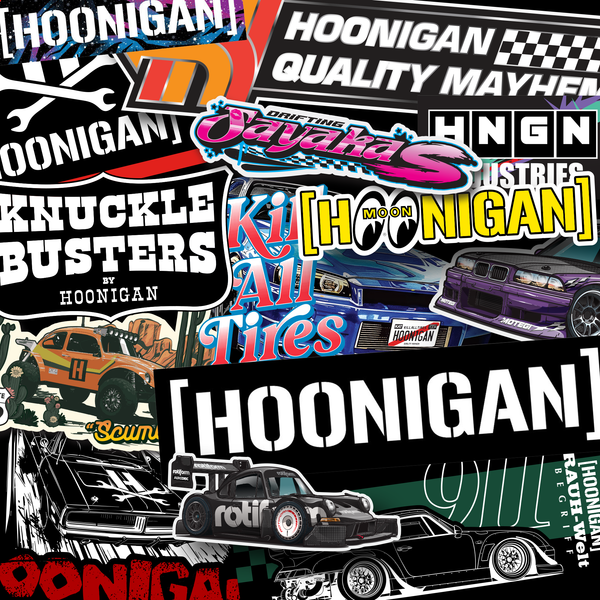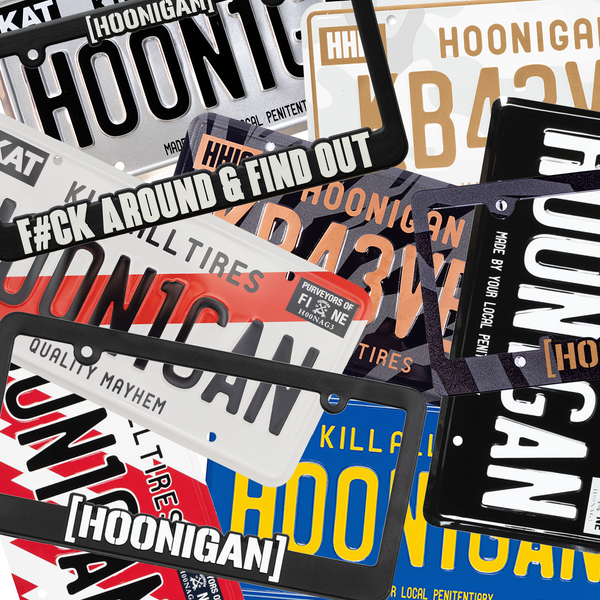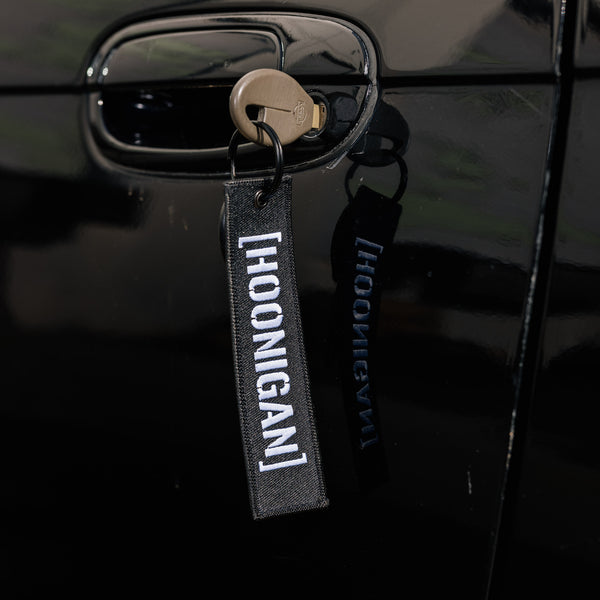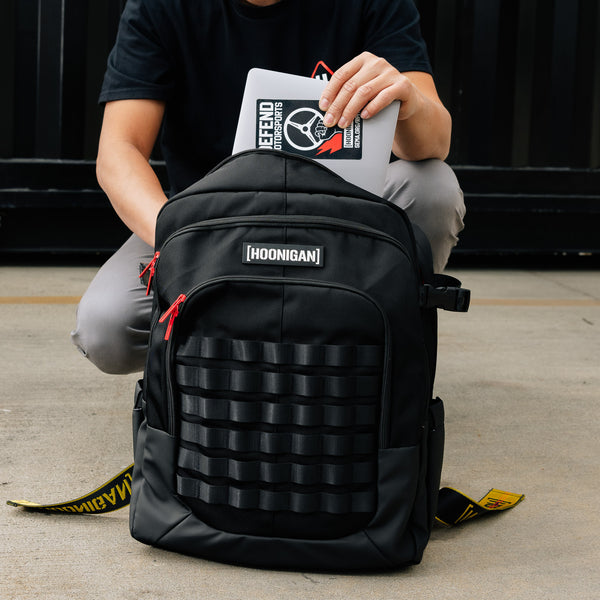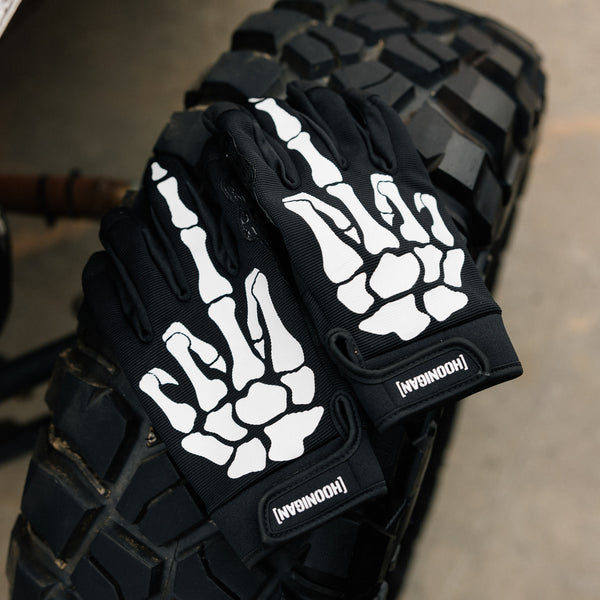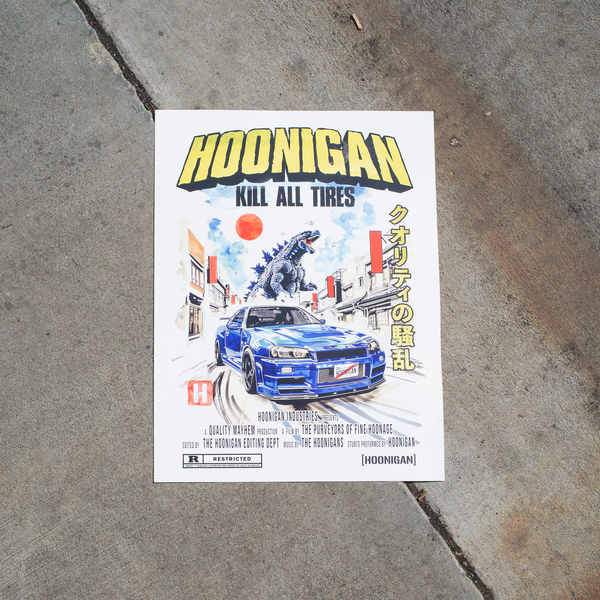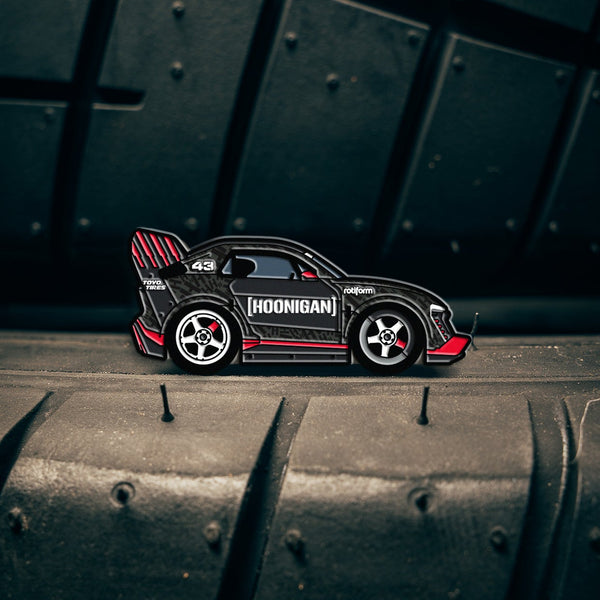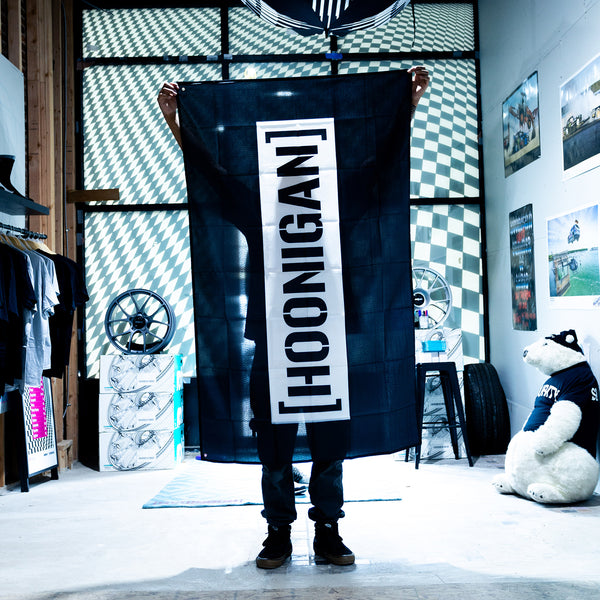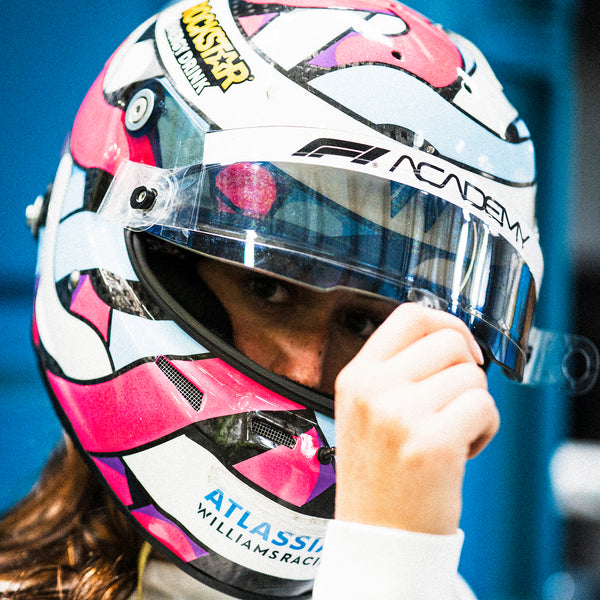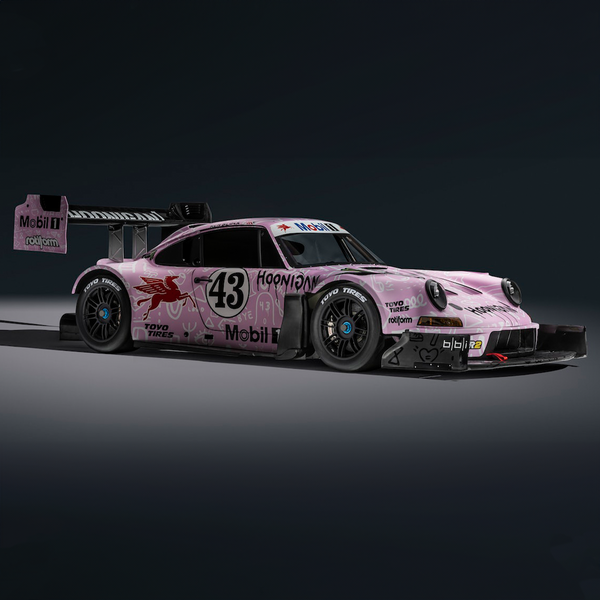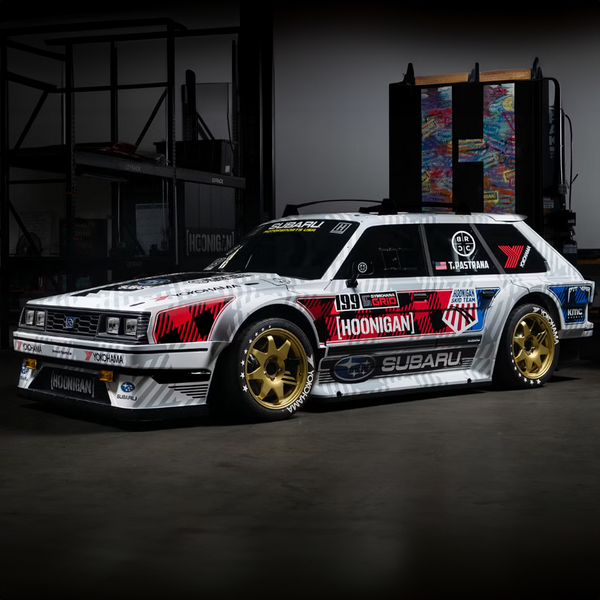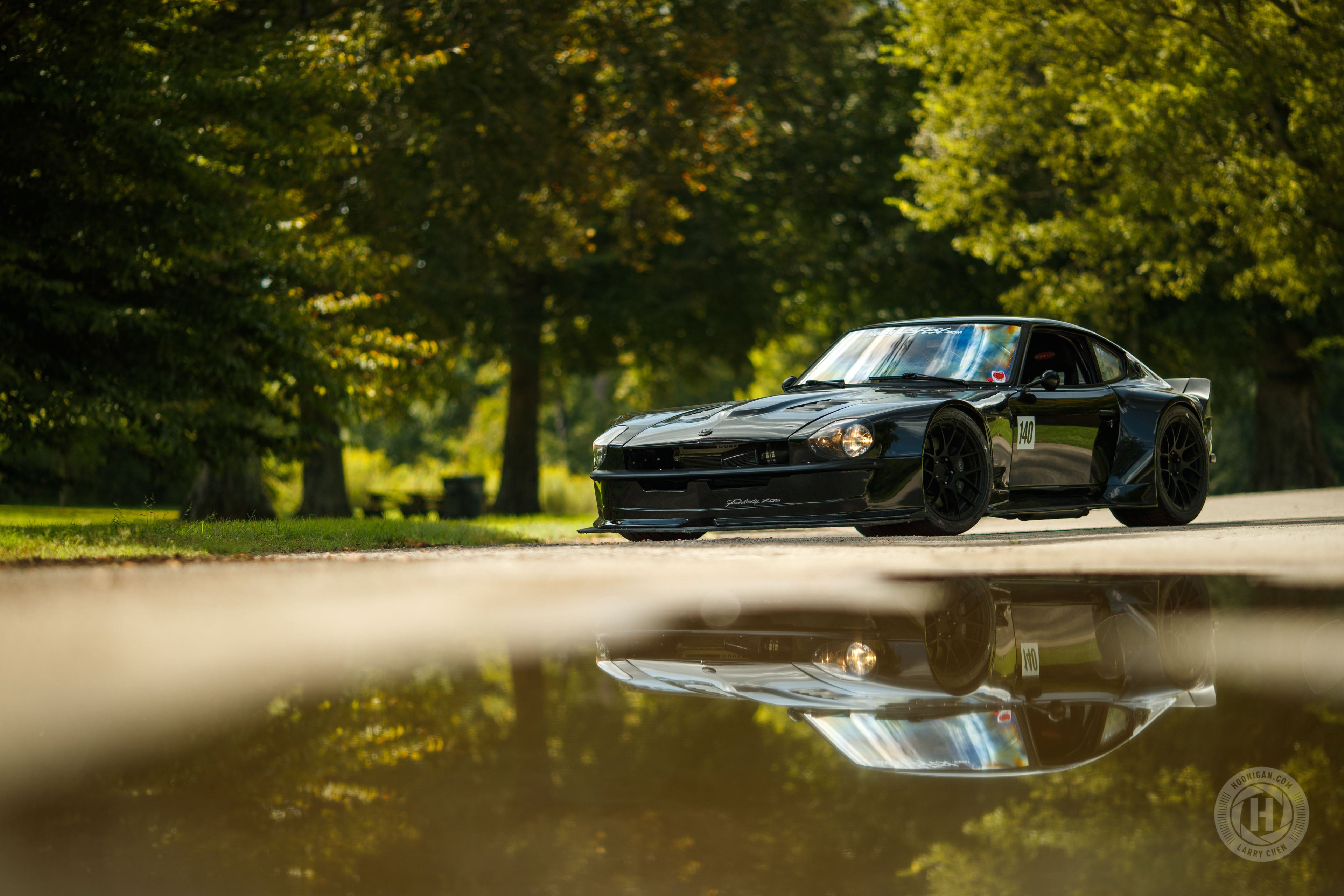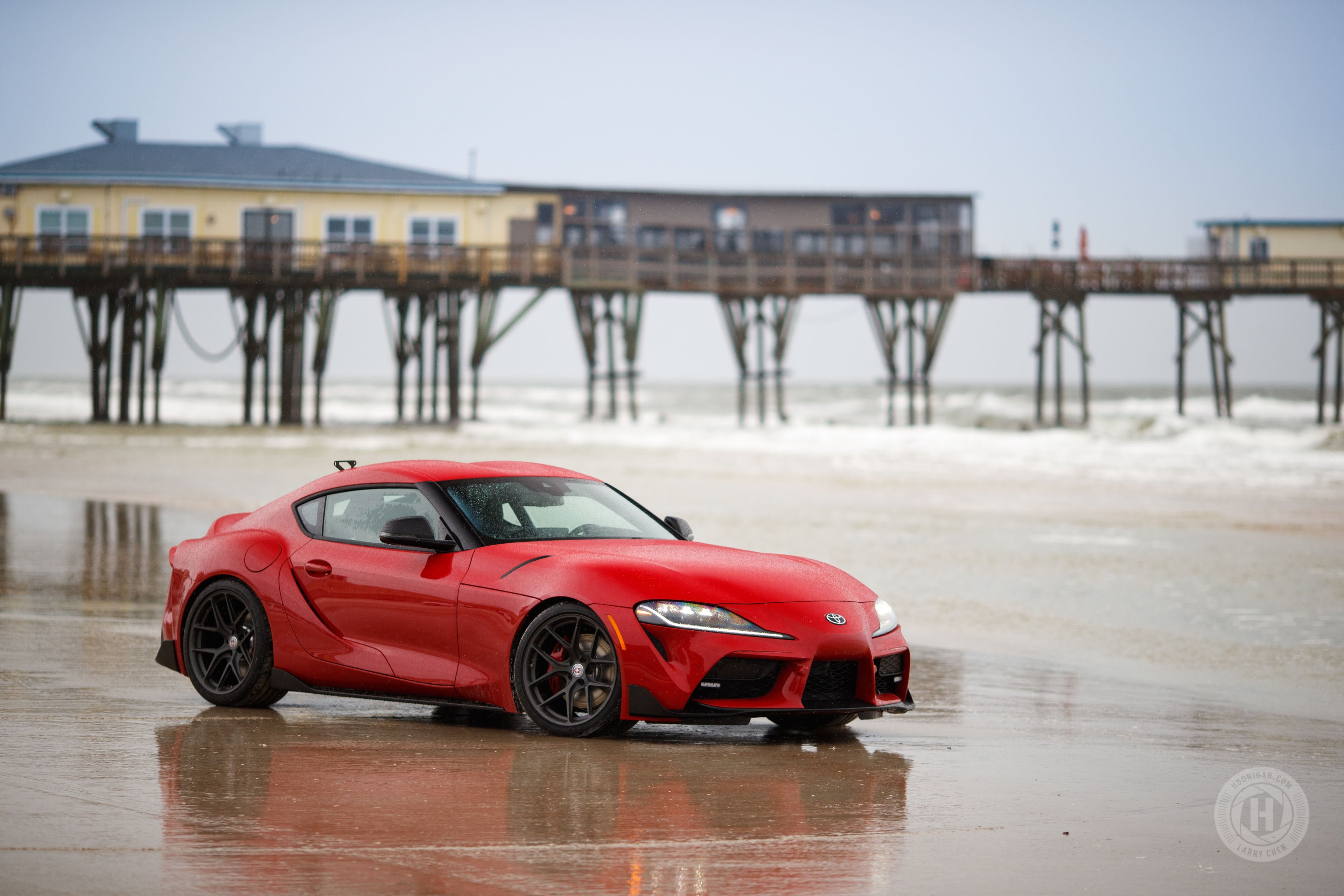When you say Acura to most North American Honda enthusiasts, the images of NSXs and Integras usually come to their minds. However, there was another high-tech Acura that helped launch the brand before the NSX. It was the Legend and this is the story on Allen Gharapetian’s second generation chassis with a rare six-speed manual transmission.
 |
 |
 |
 |
Even though Acura was considered a luxury brand, you won’t find many of the original KA-chassis’ Legends on the road in good shape. Usually, even the later second generations end up either as broken husks of their former glory or in a junkyard and totaled. Growing up, Allen owned Acuras and so did his brothers but it was the Legend that both his older and younger brothers owned since new that influenced him to try and find one.
[desktop-only]
[desktop-only-end]
[mobile-only]
[mobile-only-end]  |
 |
 |
“I had fond memories growing up and listening to my brothers talk about their Legends,” he said, “Even when people would talk about other cars, they would compare them to their cars.” Needless to say, these were impressive cars from the factory floor. It had to be, as Acura was trying to take on the best from Germany. The second generation was introduced in 1990 with a C32A with either a five-speed manual or four-speed automatic.
 |
 |
It was larger than the first but looked sleeker and more modern. While it looked like a rear-wheel-drive car, it was front-wheel-drive with a longitudinally mounted engine. For a FWD to not have an engine sitting sideways was odd at the time, but made to work with a specially designed transmission that let it have better proportions in the front.
 |
In 1993, the Legend received trim changes and upgraded the engine to make the C32A more powerful and include it as an optional engine for the coupe. The new 230-horsepower was created by using larger intake valves, using a higher lift camshaft, and an exhaust with higher flow. That new power also included a brand new six-speed manual transmission.
 |
 |
 |
While this was an option, not many people would go with it and when most look at Alan’s Legend, they assume it’s some odd swap. Even automotive journalists – including ones who originally reviewed this car when it was new – were surprised by the six-speed being in this car and will ask to drive it. That was also part of the challenge about this car. Alan wanted a clean, six-speed Legend to go hand-in-hand with the NSX they built as part of the Clarion Builds series of cars.
 |
 |
[desktop-only]
[desktop-only-end]
[mobile-only]
[mobile-only-end]  |
This meant that Michael Farino, the media agent for Clarion, and Alan had to expand their search to outside of California. They then expanded their search to outside of the Southwest and onward until they found a great example for the price they were willing to pay in Canada. This would prove to be far more difficult than they were expecting. They used a licensed importer of Canadian vehicles, but once it reached the border, their importer called and said their transport “lost the vehicle.”
 |
 |
 |
Shocked and perplexed, they would be later contacted by US Customs and informed that they had done an “intensive examination” of the vehicle. Guess they didn’t expect someone to import a used, 20-year old Acura Legend. Alan and Michael then had to source another transport to pick it up from the US side of the border and bring it to California.
 |
Once in their hands, it was time to restore the car. While this wasn’t an official Clarion Builds vehicle, it would be a part of the Street Team. These are vehicles that aren’t necessarily built to OEM-Plus, but are tastefully modified and showcase Clarion products. As mentioned earlier, this Legend was being restored at the same time as the Clarion NSX and there were quite a few crossovers when building this car and Acura’s eventual halo car.
 |
 |
 |
[desktop-only]
[desktop-only-end]
[mobile-only]
[mobile-only-end]  |
 |
A lot of those crossovers weren’t always in terms of parts but knowledge and sourcing. You see, not everyone is rebuilding an Acura Legend. There isn’t a demand for parts, so New Old Stock (NOS) parts aren’t retained by dealers, no one is really keeping lightly used and good parts around for it like the Integras or NSXs, and there isn’t much help in the restoration aftermarket. This meant keeping their eyes on eBay, talking to their Acura parts sources, using crossover parts from other Honda/Acura cars, and repairing parts that were broken or just not working.
 |
An example would be the sourcing a new pedal pad for the clutch pedal. The original one was just worn out and there was no new part number for the old one as that went out of stock from Acura. However, the pedal is the same as a Honda Accord of the same era and so was the pedal pad. Sometimes, parts would come from interesting sources. The center caps on the stock wheels came from the United Kingdom, which didn’t get Acura vehicles. The guy who had them owned a Rover 800-series, which was built off of the first generation Acura Legend chassis – the KA1 to KA6 – but built in the Cowley plant in Oxford, England rather than Japan as the Acura was.
 |
 |
 |
Much like the Clarion Builds cars, this Legend would get a new shot of paint from Diamond Hills Collision Center, but instead of a new color, they used the original Taffeta White offered in 1994. While they wanted to keep the original leather of the rear seats, this was found to be difficult to match just because of age. So, new Italian hides were used and upholstered by Westminster Upholstery, who also cleaned and reconditioned the original carpets.


 |
The original rims were restored using factory-style machining on the faces by AutoWave, who then installed a set of Michelin Pilot Sports A/S 3 tires in 215/55R16 all around. The engine wasn’t touched or modified for extra performance, but factory maintenance and updating was done by AutoWave to ensure a long life for this C32A V6.
 |
 |
The suspension was upgraded and lowered, at first. However, after looking at the car, Michael wasn’t happy with it but waited for Alan to return from a business trip before making a final decision. He asked Alan to drive it and, while it did perform a little better, it just wasn’t in the way that a proper and luxurious Legend should feel. So, NOS factory struts, springs, and rear shocks were installed to give it a proper and like-new ride by Niguel Motors.
 |
While it originally came with a remote entry system, the key fobs were no longer working nor were there any OE replacements available. Alan reached out to Beach AutoSound and they installed a Python remote entry system that worked close to stock. While there, a complete Clarion entertainment system was installed including a NX807 seven-inch touch screen display. There were additional upgrades installed by the previous owner that were retained but inspected and refreshed as needed. This included a set of HID headlights, custom Stromung exhaust, and new vented disc brakes. Nothing too exciting, but all of these built upon the high-end feel that this Acura had when it debuted 24 years ago.
 |
The one question you’re probably still thinking about is, “Why an Acura Legend? What is it about this car that made it worthy for a build over another NSX or even an Integra?” It has a long, but understandable reason. “We always try to build cars we liked in the past,” Alan replied when I asked him that same question, “It’s a little bit selfish, but I’m a car guy and I have affection for certain makes and models for one reason or another. Quite a few of us felt quite strongly about this car and it made us ask, ‘What happened to Acura?’” Alan and Michael both owned Acuras in the past with Integras being their main love after the NSX.
 |
The Legend, however, was a showcase of how Acura could do luxury and technology that rivaled what Germany was putting out at the time. Even now, many of the OE features on this car shock people and they ask the same question that Alan and Michael did. “What happened to Acura?” By restoring this car, it is a museum quality piece that helps people remember what Honda was trying to do with its upscale brand. Hopefully, after this, we won’t see so many Legends in the junkyards and more will become proper restoration projects. If anything, it will remind people what Acura was once really about.
Instagram: Larry_Chen_Foto
[desktop-only]
[desktop-only-end]
[mobile-only]
[mobile-only-end]